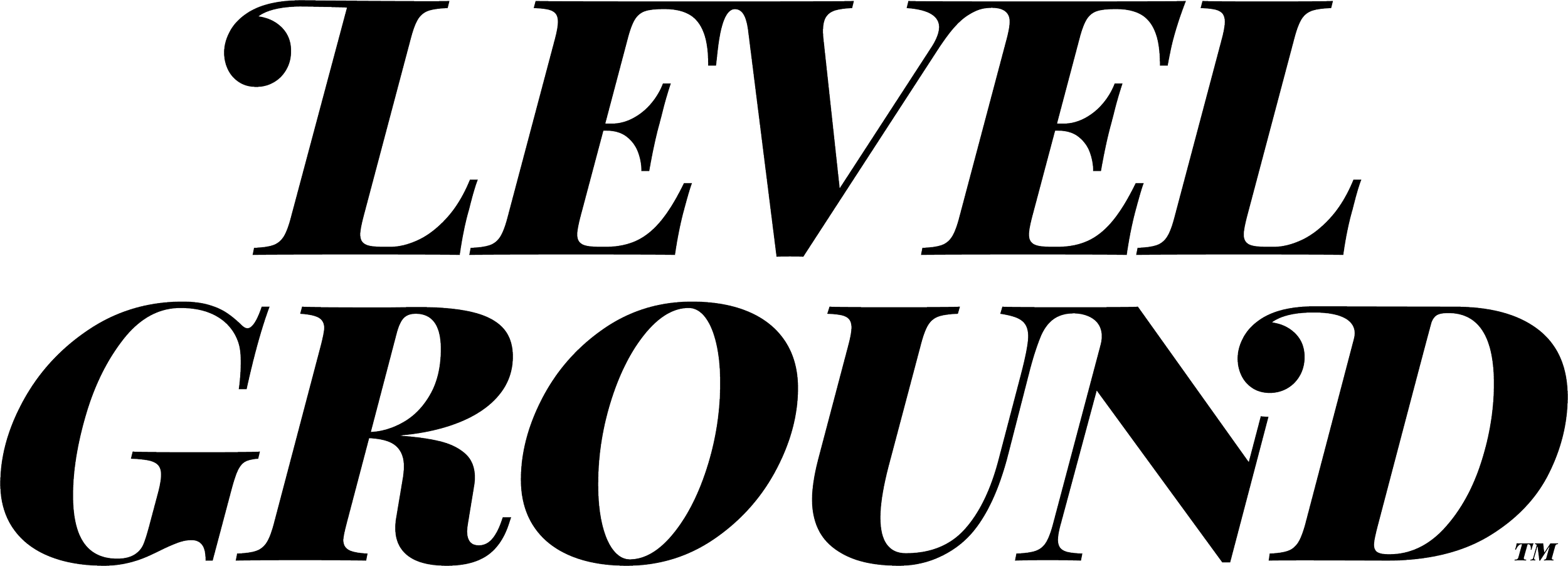Touch
Written by Leslie Foster
This month, the Level Ground Collective is reflecting on and sharing art related to the theme of “Touch”. Make sure you’re following us on Instagram to see more work from Collective artists.
Still from 59_10
I am obsessed with unspoken languages, with vocabularies composed of images, of mumbles, of hummed missives. I could lose myself in a glossary of half-seen gestures and collect dictionaries of bodies interacting for the rest of my life, and still want more time to explore. Recently, my work has been focused on the body as a site of history, of generational trauma but also as a site of futurity, possibility, and pleasure. The haptic, that which is communicated by touch seems to weave a thread between these spaces.
Still from 59_7
My ideas find themselves wandering through Holiday Harmony’s musings on Black silence and Carolyn Lazard’s explorations of the body in pain, the body as record keeper, the body as portal. To be clear, when Harmony speaks about silence, it is of linguistic silence only, not the silence of music and bodies; those are still full of language and secret vocabularies. Lazard states “I’m trying to locate, in Black silence, a balance between the forced and the deliberate, between ‘I said what I said’ and ‘never mind (redacted)’, between danger and comfort. Why do so many of us refuse language and linguistic articulation in our moments of shipwreck, and how do the ruins left by the unspoken legacy of soundless abandon become a surrogate language—one of threats, insinuations, eros, uprising, Blackness speaking while exceeding the verbal.”
Lazard adds a layer to this, contemplating, “There are multiple versions of myself occupying the same space at the same time. A seemingly boundless field of matter and data is somehow contained behind a thin veil of skin. My body is a record keeper, an organism of such complexity that I may never fully understand it. I am drawn to this unknowability, an opening to another way.”
Etude -3 , Still 1
I feel the pull of that, the pull of my own Blackness and queerness clutching concepts that can only be expressed by exceeding the verbal that I attempt to distill and share with you by capturing and shaping light. The stories my skin holds are half-translated into other bodies, read through touch, and delivered to you on imperfect screens. Do you feel the words sinking into your own epidermis, wrapping around your nerves?
It’s not lost on me that we are exploring touch at what we hope is the tail-end of a pandemic that has robbed so many of us of that vital form of community and language. If the haptic was taken for granted before, its loss hangs as a poignant reminder for many of us of a physical grammar we so innately require.
Etude -3, still 5
Lazard proposes that her body is a compass made of stars, an interlocutor between her and the world. I would suggest that in addition, we are dictionaries, full of language that cannot fully be understood, but in moments of touch, we exchange glossaries that we will understand in a way that can be translated into speech, but that we can feel so viscerally we shiver at the memory of it. Close your eyes, place a hand on your bare arm, or chest, or thigh and feel the history, the archives of your ancestors traced into cells, listen to a language only you hold, and marvel at its strange beauty.
Still from Heavenly Brown Body
Leslie Foster (he/him) is a Design Media Arts MFA student whose work folds experimental film into multi-sensory installations to create contemplative ecologies and pocket universes that explore Black and queer futurity through a lens of dream logic. The work, which has been exhibited internationally as well as in two solo shows, is a gentle invitation into turbulent space and the beautifully strange. Leslie's pieces often utilize ritual and movement, seeking to embody unnamed and undefined emotions while challenging viewers to mine their own discomfort. He also happens to run the residency program for Level Ground. Follow him @leslie_muse.
We can’t create Level Ground without you! 100% of your donations help our collective artist community create more collaborations, experiments, and art.





